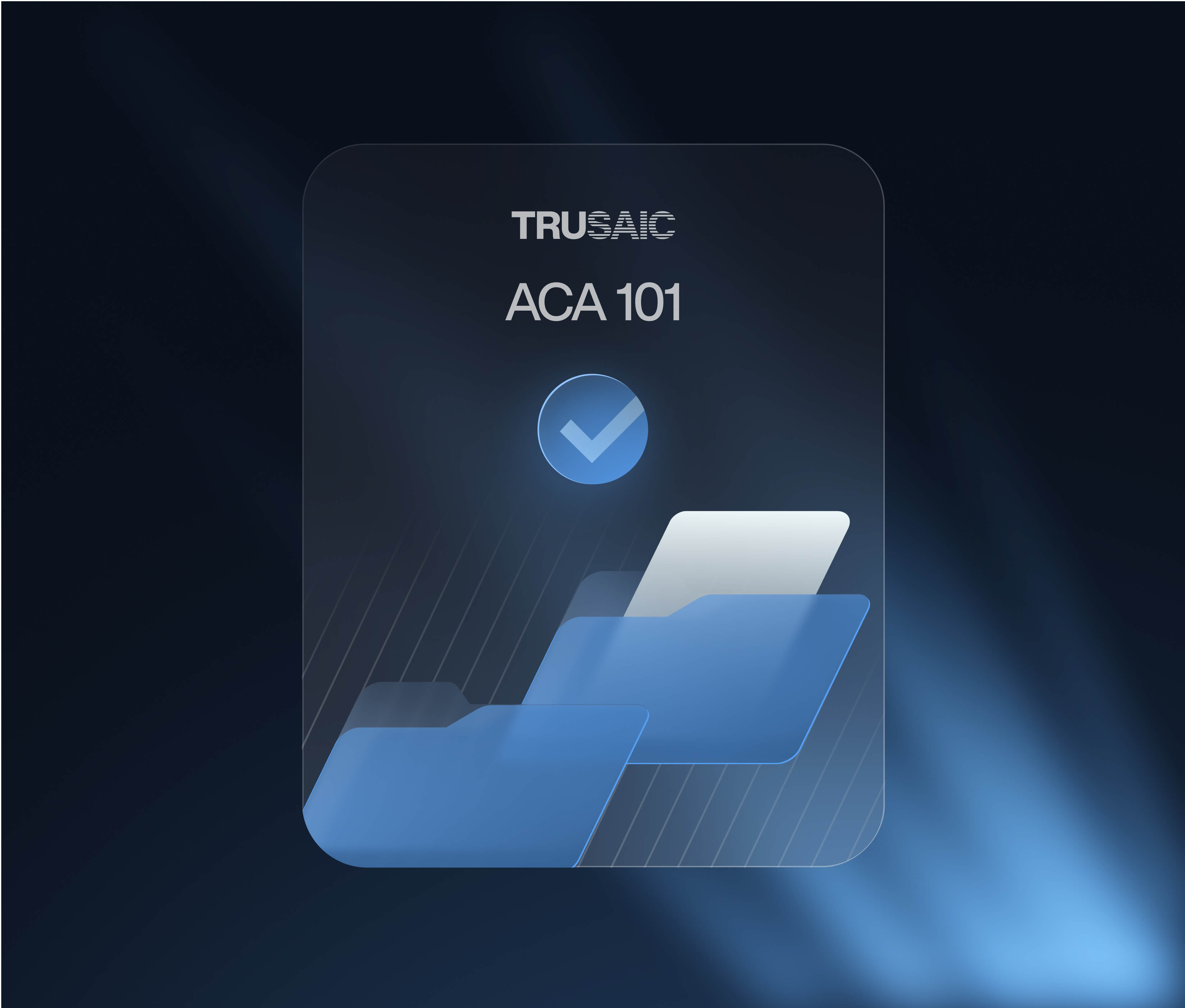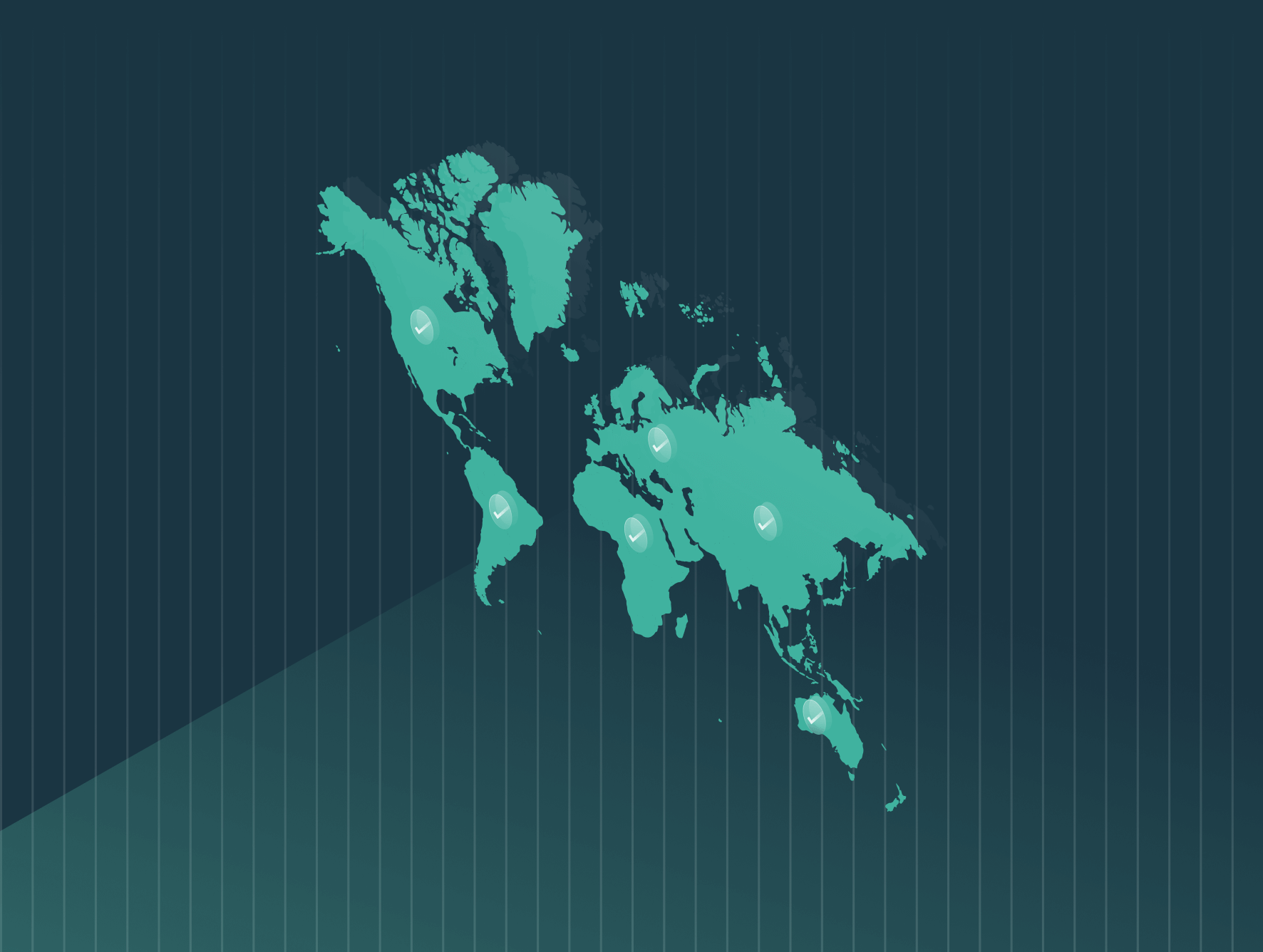October 5 is Latina Women’s Equal Pay Day, the approximate date when Latina women’s earnings catch up to the earnings of white non-Hispanic men from the previous year. It’s a measure designed to bring attention to ongoing pay disparities between, in this case, Latina Women and their white male colleagues. It’s also a measure that has been, unfortunately, difficult to track over the years.
In fact, the Institute for Women’s Policy Research indicates that Latina women are not likely to see equal pay until 2206. That’s a sobering statistic. In 2022, Latina women were paid 57 cents for every dollar that white men earned. The gap, of course, doesn’t just affect Latina women. It also affects their families and their communities.
Latina Population Growing, But Wages Lagging
While Latinas represent one of the largest growing populations in the United States, they tend to be overrepresented in low-paying industries. Many work as farm or domestic workers, or in seasonal and part-time jobs. Latinas make up almost 12% of sales and related occupations—and 30% of service occupations, generally low-paying jobs.
In contrast, they make up only about 1% of jobs in the two highest-paying STEM fields—engineering and computing.
Those who are immigrants are especially vulnerable to both low pay and sexual harassment.
It’s a pay gap that persists despite Latinas’ increased participation in formal education and a growing presence in more high-paying industries and roles.
Education Matters, Or Does It
While education is often pointed to as a factor in helping women raise their pay levels, in this case education has had little effect on the wage gap for Latina women. Despite an increasing number of Latina women seeking higher education, they still earn less than white men and women. For example, Latinas with a bachelor’s degree earn about $52,000 a year, compared to about $55,000 a year for white, non-Hispanic males with associate degrees.
Again, factors contributing to these gaps include the types of jobs Latinas have traditionally held. In addition, discrimination and bias in the labor market also contribute to these gaps.
Raising Awareness and Sparking Conversations
This year on October 5 employers can help bring awareness to the issue and spark conversations by being proactive in discussing and celebrating Latina Equal Pay Day. Here are some ideas:
- Join others’ social media campaigns, or start your own using hashtags like #LatinaEqualPay and #Trabajadoras to help raise awareness.
- Organize educational events like webinars, brown bag lunches, or workshops to bring employees together to discuss the implications of pay gaps on underrepresented groups.
- Collaborate with other organizations to help raise awareness. For instance, organizations like #WeAllGrow Latina, the Hispanic Alliance for Career Enhancement and Vela are focused on supporting and funding Latina workers in an effort to help women break glass ceilings.
Finally, if you have Latina women workers in your organization do your own due diligence to ensure that their pay—and the pay of other traditionally underpaid groups—is equitable and appropriate.
Latinas in the US face a “lifetime wage gap” and have to work about 22 months to achieve pay equity with what white men achieve in a year, according to a study by the National Women’s Law Center. These gaps persist across occupations. Working to address pay inequities in your organization can help promote equity for Latina women in the workforce.
In addition to ensuring that your pay practices are equitable, be sure to stay up to date on pay equity legislation that may impact you.








